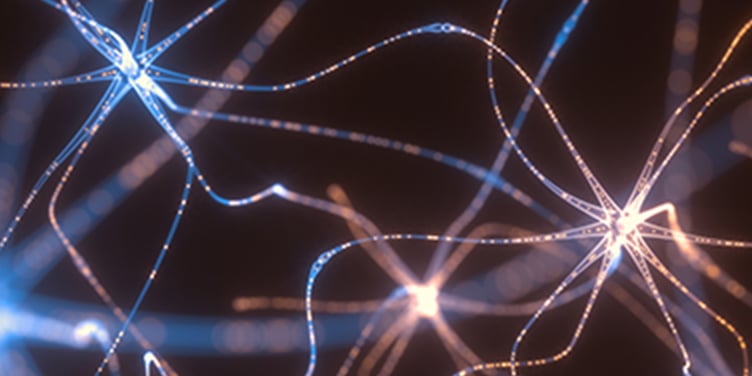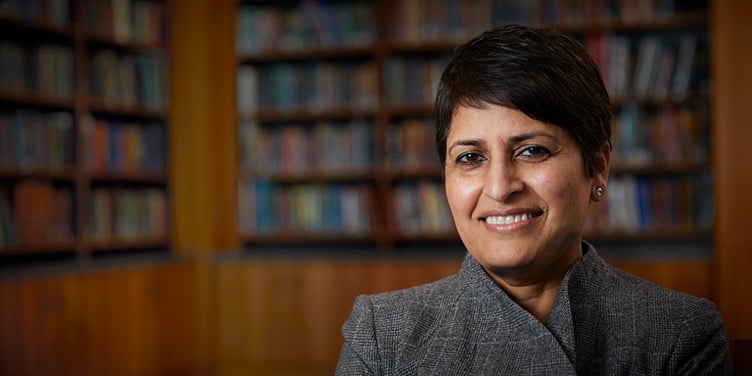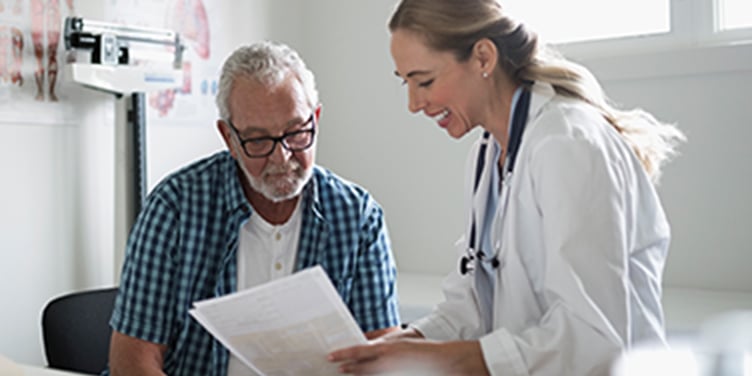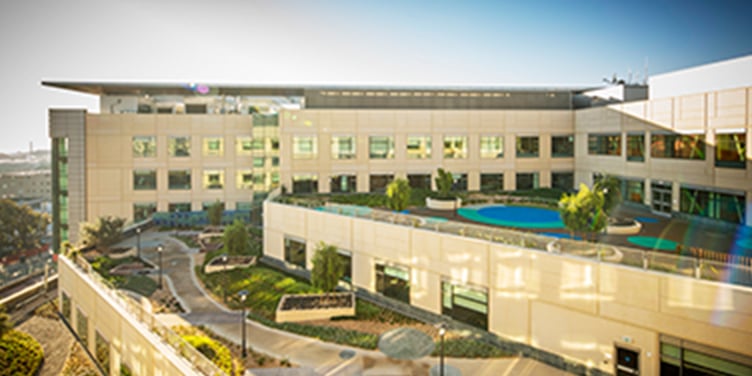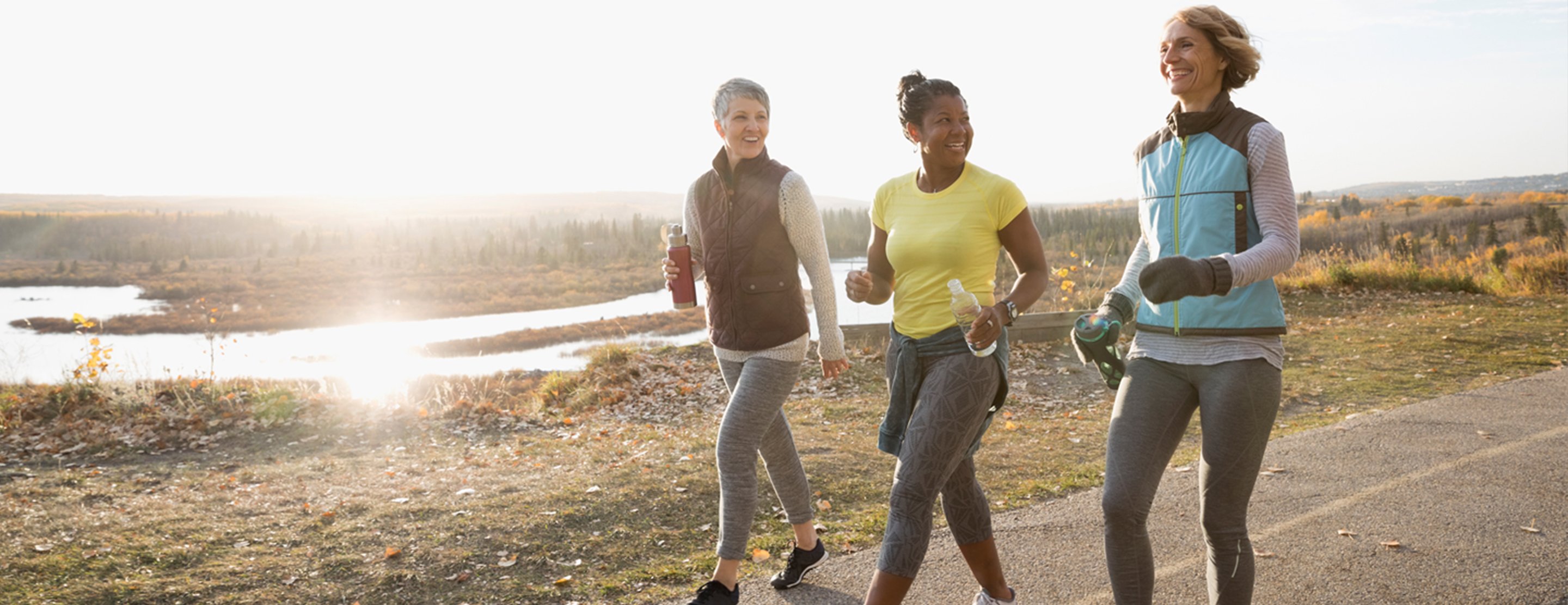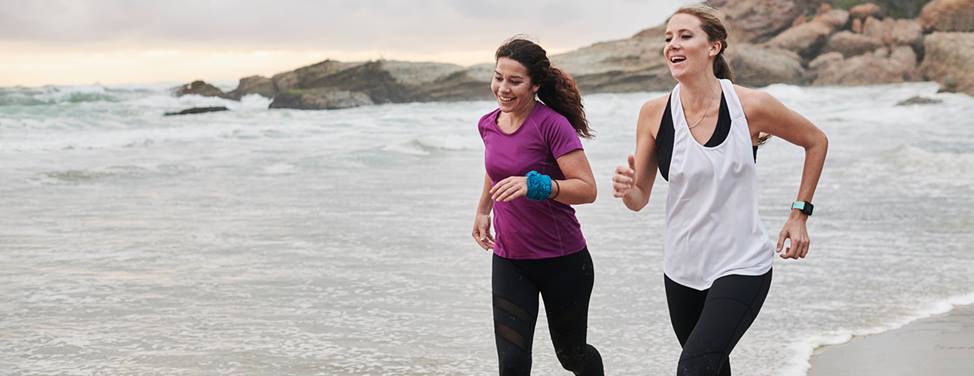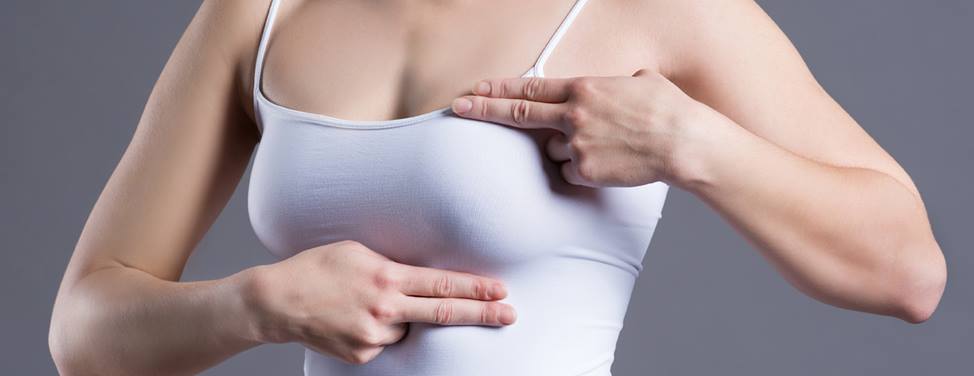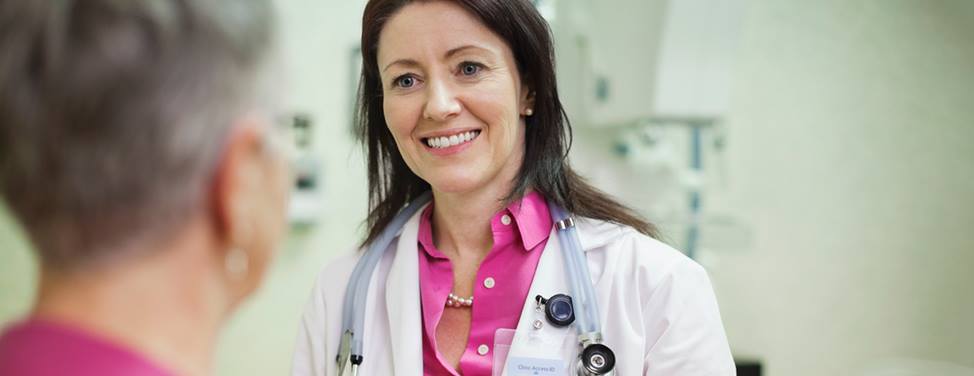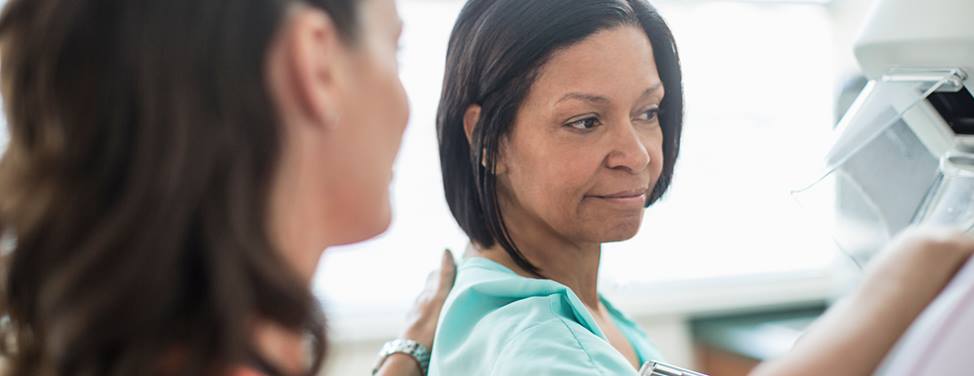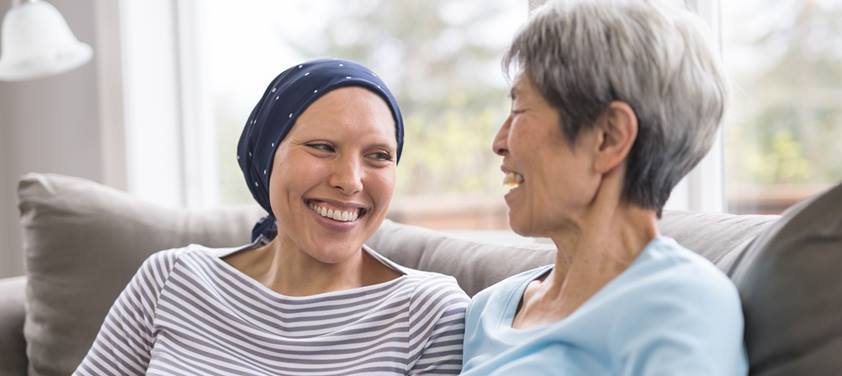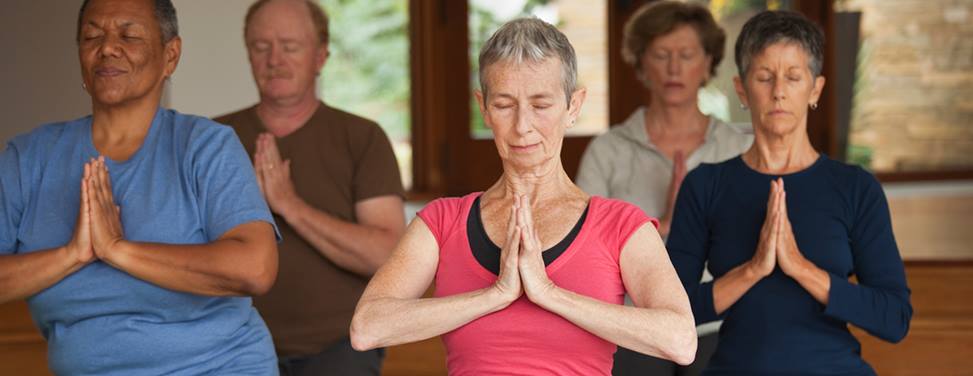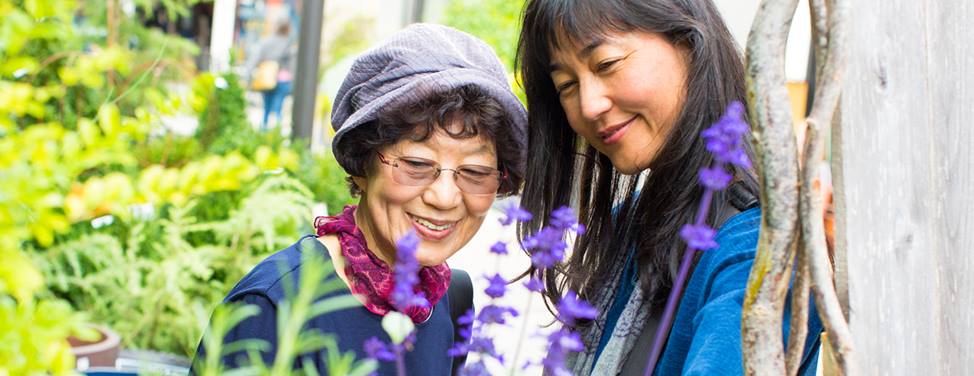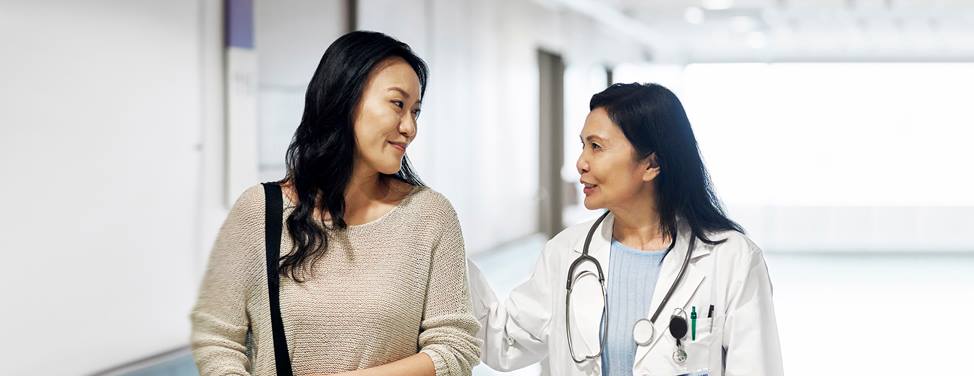Understanding risk levels
People often misunderstand the concept of cancer risk levels. It's important to know that most risk factors increase the chance of getting the disease by only a small amount above the risk for the general population (baseline risk).
For example, if something increases the risk of developing a type of cancer by a factor of two (meaning the risk is doubled), that sounds frightening. However, if the baseline risk is 1 in 100,000 – meaning that among people at average risk, 1 in 100,000 will develop that cancer – a person with double the risk still has only a 2-in-100,000 chance of getting the disease.
Continue reading
Many patients who develop breast cancer don't have any known risk factors, and having risk factors doesn't mean you will get cancer. But when we know our patients' risk factors, we can better protect those at higher risk through increased breast surveillance and breast cancer prevention strategies.
Understanding family history
Many patients have questions about what it means to have a family history of breast or ovarian cancer. Doctors usually look only at close blood relatives – such as your mother, sisters and daughters – when determining your family history of these diseases. If one or more of these relatives has had breast or ovarian cancer, your own risk is significantly higher.
If a grandmother, aunt or cousin has been diagnosed with the disease, your personal risk is usually not significantly changed, unless many of these "second-degree relatives" have had the disease.
Breast cancer risk factors
The following factors increase your risk for developing breast cancer:
- Female sex. Patients who were female at birth account for more than 99% of breast cancer cases.
- Age. The older you are, the greater your chance of getting breast cancer.
- Personal or family history. Your risk is higher if you or a close relative have had breast cancer (including ductal carcinoma in situ, which is the earliest form of breast cancer) or certain benign breast conditions (such as atypical ductal hyperplasia and lobular carcinoma in situ).
- Genetic predispositions. The most common examples are the BRCA1 and BRCA2 gene mutations. Each person has two copies of both genes, one from each parent. If you inherited a variant, you have a higher risk of getting several types of cancer, including breast and ovarian. For more information, consider making an appointment with a genetic counselor at the UCSF Cancer Genetics and Prevention Program.
- High lifetime estrogen exposure. Your cumulative exposure to estrogen (the hormone that plays a key role in female sexual development) may be higher if you began menstruating early (before age 11), began menopause late (after age 55), or have been on estrogen and progesterone therapy (hormone replacement therapy) for more than 10 years.
- Dense breast tissue. Breasts are made up of several types of tissue. Dense breasts have less fatty tissue and carry an increased risk of cancer. A mammogram can show your breast density.
- Radiation therapy in the chest area. Having undergone radiation therapy in the chest area (for example, to treat Hodgkin's lymphoma) slightly increases breast cancer risk. The increase is highest if the radiation therapy occurred before age 30.
- Race and ethnicity. The Centers for Disease Control and Prevention report that Caucasian and African American women have the highest incidences of breast cancer, followed by Asian and Hispanic women. Caucasian individuals are most likely to be diagnosed with breast cancer, but African American individuals are more likely to die from the disease.
- DES exposure. In the 1950s and 1960s, many pregnant women took a synthetic form of estrogen called diethylstilbestrol (DES) to prevent miscarriage. Females who took DES, or whose mothers took DES while pregnant with them, have a higher breast cancer risk.
The risk associated with certain other factors is less clear, but the following could increase your risk for developing breast cancer:
- Environmental pollutants. Because studies show that breast cancer can't always be attributed to inherited factors, extensive research is underway to examine aspects of the environment that might contribute to breast cancer development. Some studies are exploring whether exposure to environmental pollutants, such as pesticides (including DDE and DDT) and polychlorinated biphenyls (PCBs), may increase breast cancer risk, but no clear link has been established. Thus far, the evidence suggests that environmental pollutants are probably not a major cause of breast cancer.
- Hormone replacement therapy (HRT). During or after menopause, some people choose to take medications containing estrogen, with or without a form of progesterone, to relieve menopausal symptoms or for other benefits. Long-term HRT (10 years or more) may slightly increase breast cancer risk. Women considering HRT should discuss the decision with their providers to ensure their potential benefits outweigh the risks.
- Gender-affirming hormone therapy. Research suggests that taking hormones to enhance female characteristics (feminizing hormone therapy) slightly increases breast cancer risk compared with someone who doesn't take these medications. The associated risk for those who use feminizing hormone therapy is lower than that of the average female. Studies also show that people who take hormones that enhance male characteristics have a lower risk of breast cancer than the average female.
- Oral contraceptives. The effect of oral contraceptives (birth control pills) on breast cancer risk hasn't been established. While some studies have shown that taking oral contraceptives slightly increases someone's risk, other studies have shown no effect. One study showed that women who took oral contraceptives for more than 12 years had a slightly higher risk of breast cancer than those who didn't take them. But once they had been off oral contraceptives for 10 years, their risk appeared to return to baseline.

